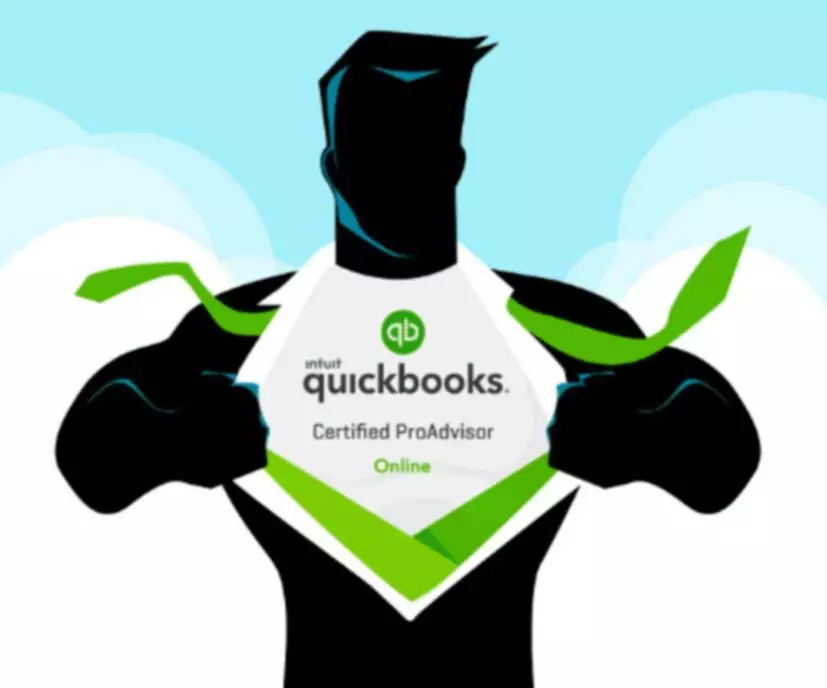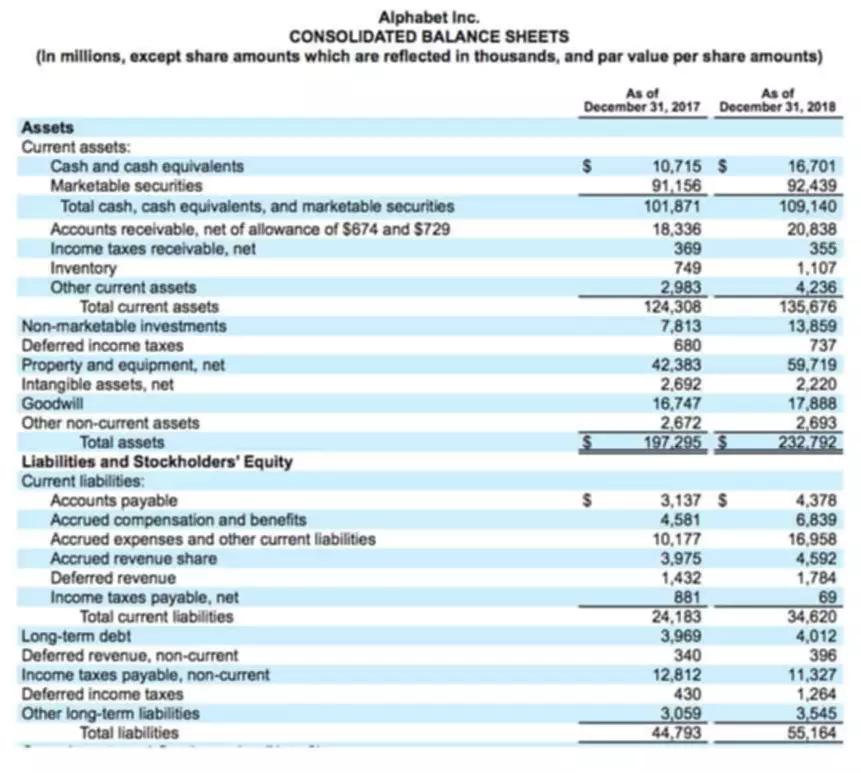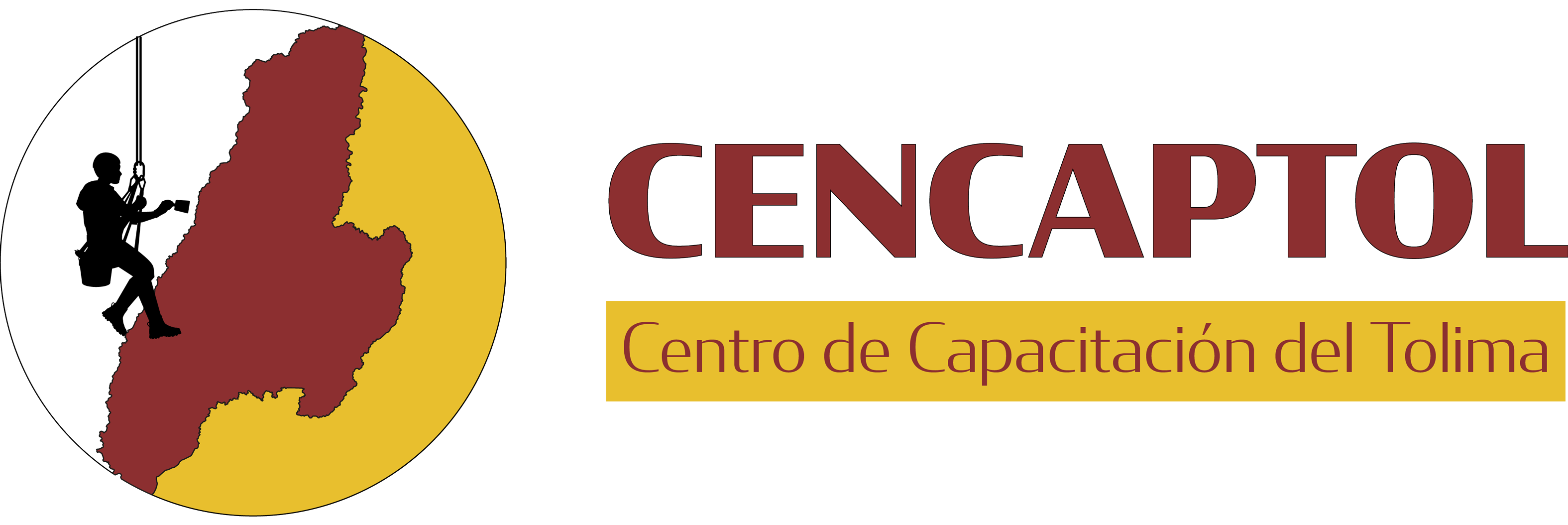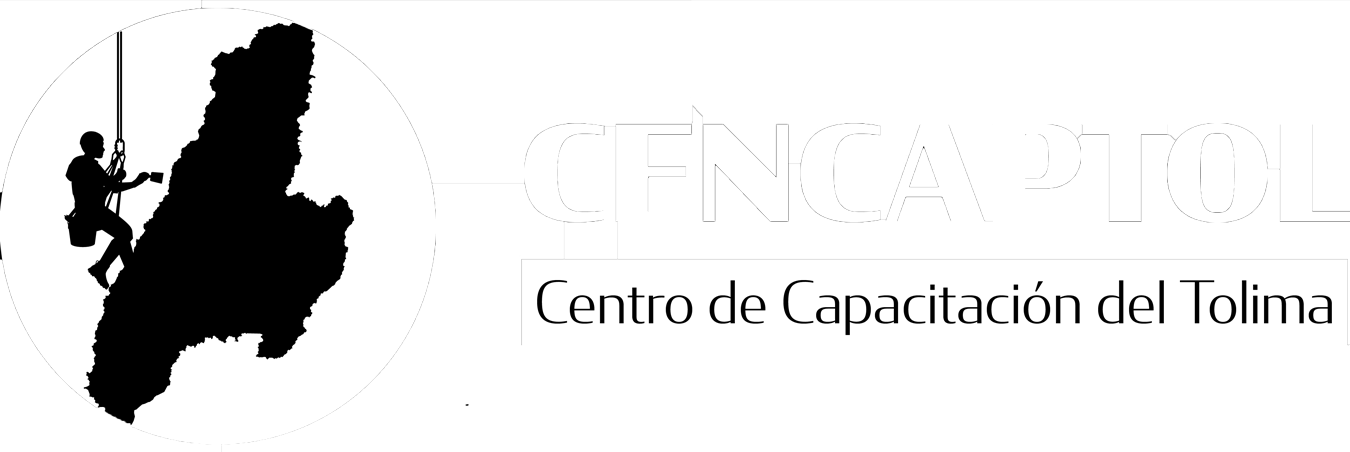Content

It’s the price paid for the asset, which doesn’t change even if the asset appreciates. Say you acquired a piece of equipment at a cash value of $20,000, expecting that it will last for five years. Following the straight-line depreciation method, you will record depreciation expense of $4,000 each year. Peggy James is a CPA with over 9 years of experience in accounting and finance, including corporate, nonprofit, and personal finance environments. She most recently worked at Duke University and is the owner of Peggy James, CPA, PLLC, serving small businesses, nonprofits, solopreneurs, freelancers, and individuals.
- But note that even if the value of a company’s intangible assets are left out of a company’s balance sheet, the company’s share price does take them into account.
- This includes the purchase price and any additional expenses incurred to get the asset in place and prepared for use.
- The primary advantage of historical cost is that it curbs any tendency for the business to overvalue an asset.
- As such, accounting standards are starting to move away from the cost principle.
- If one purchased a building in 1955 for $20,000 and market prices have brought the value of that building to a solid $875,000, stating that its value is $20,000 is unnecessarily conservative and misleading.
- It becomes easier to differentiate the cost of assets from the asset value.
Although it is possible for the fair market valuation to go in the opposite direction, nothing in GAAP forbids it. One reason, as in the real estate example, is that recognizing the appreciation in the value of a real estate asset may result in a higher tax burden for the firm. Mark-to-market is the attribution of value to an asset based on a reasonable assessment of its fair market cost principle value at the time of reporting. Fair value is defined as the amount of money the company would get if it sold this asset today. An asset becomes impaired when undergoes a sharp drop in its recoverable value—if it is worth less than its carrying value, it’s considered impaired. Some assets can be reported at less than the amounts based on historical cost if they’re impaired.
Interested in automating the way you get paid? GoCardless can help
This includes the purchase price and any additional expenses incurred to get the asset in place and prepared for use. Asset In AccountingAssets in accounting refer to the organization’s resources that hold specific economic value and facilitate business operations, meet expenses, and generate cash flow. They create the company’s worth and are recorded in the balance sheet. Accounting PrinciplesAccounting principles are the set guidelines and rules issued by accounting standards like GAAP and IFRS for the companies to follow while recording and presenting the financial information in the books of accounts. All you need to know in order to use cost accounting is how much you paid for an asset. The IRS outlines depreciation schedules for taxpayer use, and a trained accountant can also implement them. Any depreciation of assets creates recurring tax benefits for business, as depreciation can be offset against the business’s income.
- If you wish to be compliant with GAAP, the cost principle should be used.
- With values changing all the time, companies that purchased real property even five years ago could almost certainly get more for that property now.
- Stakeholders can rely on this application, however, because the company will most likely have to spend at least this amount to replace goods if necessary.
- Asset In AccountingAssets in accounting refer to the organization’s resources that hold specific economic value and facilitate business operations, meet expenses, and generate cash flow.
Historical cost is the price paid for an asset when it was purchased. Historical cost is a fundamental basis in accounting, as it is often used in the reporting for fixed assets. It is also used to determine the basis of potential gains and losses on the disposal of fixed assets. In 2018, Infosys started reducing the value of these companies using additional amortization and depreciation. As of now, the current value of Panaya and Skava is shown as $206 million in Infosys books.
Cost principle: Example 1
Get instant access to video lessons taught by experienced investment bankers. Learn financial statement modeling, DCF, M&A, LBO, Comps and Excel shortcuts. From above, we can see that purchases (i.e. CapEx) and the allocation of the expenditure across its useful life (i.e. depreciation) impact the PP&E balance, as well as M&A-related adjustments (e.g. PP&E write-ups and write-downs). A cost is allocable to a particular Award if the goods or services https://www.bookstime.com/ involved can be directly charged to the Award based on the benefit provided. These Intangible AssetsIntangible Assets are the identifiable assets which do not have a physical existence, i.e., you can’t touch them, like goodwill, patents, copyrights, & franchise etc. They are considered as long-term or long-living assets as the Company utilizes them for over a year. In Feb 2015, Infosys bought two companies, ‘Panaya’ and ‘Skava,’ for USD 340 million.

You can consent to processing for these purposes configuring your preferences below. If you prefer to opt out, you can alternatively choose to refuse consent. Please note that some information might still be retained by your browser as it’s required for the site to function.
The Cost Principle and Asset Revaluation
A cost principle will also include expenses incurred in purchasing the asset, such as shipping and delivery fees, as well as setup and training fees. Is that all the cost principle accounting information needs to be based on a cash or cash-equivalent principle. The Schedule of Expenditures of Federal Awards presents additional analysis as required by Title 2 U.S. Code of Federal Regulations Part 200, Uniform Administrative Requirements, Cost Principles, and Audit Requirements for Federal Awards and is not a required part of the financial statements. Code of Federal Regulations Part 200, Uniform Administrative Requirements, Cost Principles, and Audit Requirements for Federal Awards . Cost Principlesmeans charging Full Cost for a Service, plus a 5% mark-up of non-third party costs.
When marking an asset to market, a firm will typically try to be accurate and conservative. Marking to market is often the result of a perception that the asset’s value has decreased more than its book value. When this is the case, a firm will often mark the asset to its lowest value.
Although there has been a movement away from its strict usage, it is still a good description of present reporting practice for most inventories, property, plant, equipment, and intangibles. While historical cost loses relevance to market value over time, it is useful precisely because it is not subject to variances in real or perceived market swings. By using historical cost, the balance sheet is not distorted by those variances, comparability is likewise not degraded and accounting information on the whole is solidly reliable. Under U.S. Generally Accepted Accounting Principles , the historical cost of assets on a company’s balance sheet is a conservative, easily calculated and reliable way to account for capital expenditures. Use of historical cost prevents the over-valuation of an asset; this can be particularly useful when asset appreciation is due to volatile market conditions. However, many financial experts argue that historical cost may be too conservative a value for assets because the sum is not adjusted even in stable market conditions. Historical cost is often calculated as the cash or cash equivalent cost at the time of purchase.
In short, the cost principle is equal to the amount paid for each transaction. The cost principle is also known as the historical cost principle and the historical cost concept. A long-term asset that will be used in a business will be depreciated based on its cost. The cost will be reported on the balance sheet along with the amount of the asset’s accumulated depreciation. Further, the accumulated depreciation cannot exceed the asset’s cost. The cost principle is one of the basic underlying guidelines in accounting.

